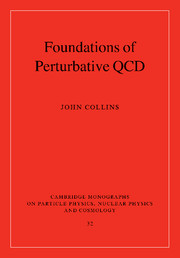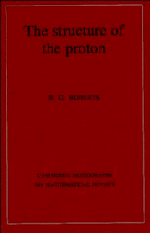In Sec. 9.13 we saw how factorization theorems give a lot of predictive power to QCD. They are essential in the analysis of data at high-energy colliders, not just for understanding the QCD aspects but also in searches for new physics, for example.
So far we have seen a genuine proof (Sec. 8.9) only for inclusive DIS, and only in a model theory without gauge fields. In this chapter we will formulate the principles that apply very generally, to other reactions, and when dealing with the full complications of a gauge theory.
The general class of problem concerns the extraction of the asymptotic behavior of amplitudes and cross sections as some external parameter, like a momentum, gets large. In general discussions, we denote the large parameter by Q. As well as factorization theorems in their broadest sense, such asymptotic problems also encompass simpler situations like renormalization, the operator product expansion (OPE), and the IR divergence issue in QED.
There is a common and general mathematical structure in these different problems that could undoubtedly use further codification. Perhaps methods based on Hopf algebras, or some generalization, would provide an appropriate mathematical structure. So far these methods have been applied to renormalization (e.g., Connes and Kreimer, 2000, 2002).
In this chapter, I interleave a general formal treatment with its application to the Sudakov form factor, including explicit calculations at one-loop order. The general treatment will underlie all further work in this book.

